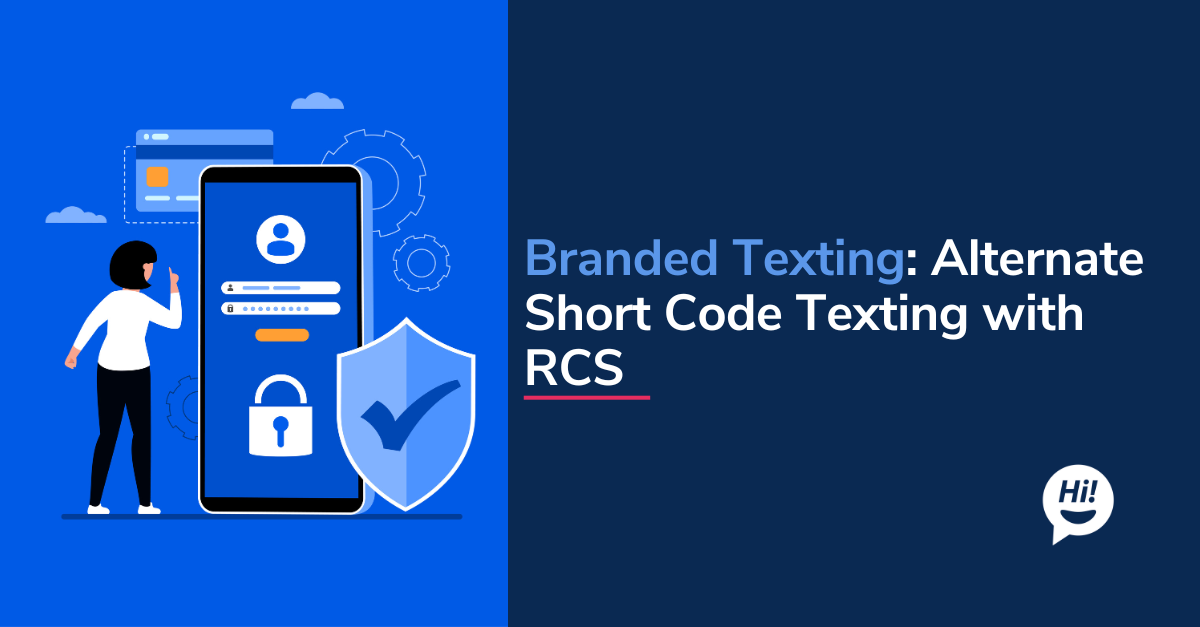Imagine creating an app without writing a single line of code. That's the revolutionary promise of low-code/no-code development platforms. These innovative tools are transforming the landscape, making app development accessible to everyone, from seasoned programmers to everyday users without coding experience.
Low-code and no-code platforms offer visual interfaces and drag-and-drop functionality, allowing you to build applications using pre-built components. This streamlines the development process, leading to faster app creation and deployment. The increasing popularity of these platforms is disrupting the traditional development model, empowering a wider range of individuals and businesses to bring their ideas to life.
What are Low-Code/No-Code Development Platforms?
Low-code/no-code development platforms are shaking things up in the app development world. But what exactly are they? Let's break it down.
There are two main categories:
Low-code platforms: These cater to users with some programming knowledge. They offer a visual interface with drag-and-drop functionality but also allow for some coding customization for more complex applications.
No-code platforms: Designed for anyone, regardless of coding experience. These platforms offer a user-friendly interface with pre-built components and templates that you can assemble to build your app.
Here's what makes these platforms so powerful:
Visual Interfaces and Drag-and-Drop Tools: Forget lines of code! These platforms use visual elements like building blocks, allowing you to design your app's layout and functionality with simple clicks and drags.
Pre-built Components and Templates: No need to start from scratch. Low-code/no-code platforms offer pre-built components and templates for standard features like buttons, forms, and data displays. This saves you time and ensures a professional look.
Integration Capabilities: Want your app to connect with other services? Many platforms allow you to integrate with popular tools and databases, expanding your app's functionality.
Deployment and Maintenance Options: Once your app is built, these platforms often offer simple deployment options to get it up and running quickly. Additionally, some platforms provide built-in maintenance tools to keep your app running smoothly.

How Does Low-Code Development Platforms Benefit Consumers?
Low-code/no-code platforms are a game-changer for consumers, putting the power of app development directly in your hands. Here's how:
Empowerment for Everyone: No longer the exclusive domain of programmers, these platforms allow anyone to build basic applications. The user-friendly interfaces and drag-and-drop functionality make app creation intuitive and accessible, even for those with no coding background.
Increased Accessibility: Imagine building your own personal productivity tool, a quick prototype for a business idea, or even the foundation for a small business app. Low-code/no-code platforms open doors to a world of possibilities, allowing you to turn your ideas into reality without needing a professional development team.
Reduced Costs: Traditional app development can be expensive. Low-code/no-code platforms offer a cost-effective alternative. Since you don't rely on programmers to write every line of code, you can significantly reduce development costs, making app creation more budget-friendly for individuals and small businesses.
Faster Prototyping and Iteration: Need to test an idea or get feedback on a concept quickly? Low-code/no-code platforms allow for rapid prototyping. You can build a basic version of your app quickly, gather feedback, and iterate quickly, saving valuable time and resources.
Future of Low-Code Development in SaaS Business
The world of SaaS is fast-paced and competitive. Low-code/no-code development platforms offer a decisive advantage for SaaS businesses, streamlining processes and boosting efficiency. Here's how:
Rapid App Development: Need to quickly release new features or internal tools? Low-code/no-code platforms are your secret weapon. The visual interfaces and pre-built components allow for rapid development, significantly reducing the time it takes to build and deploy applications compared to traditional coding methods. This translates to faster time to market and quicker wins for your business.
Reduced Development Costs: Building a development team can be expensive. Low-code/no-code platforms offer a cost-effective solution. You can leverage citizen developers (business users with no coding experience) to build basic applications and internal tools, freeing your professional developers to focus on complex features and core functionalities. This translates to significant cost savings for your SaaS business.
Improved Agility: The market moves fast, and SaaS businesses must be adaptable. Low-code/no-code platforms empower you to quickly respond to changing market needs and customer demands. Need to add a new feature or integrate with a new service? The visual interfaces and pre-built components allow for faster development cycles, enabling you to adapt and iterate quickly to stay ahead of the curve.
Enhanced Collaboration: Traditionally, a gap exists between business users and developers. Low-code/no-code platforms bridge this gap. Business users can be actively involved in the development process, using the visual tools to prototype and communicate their needs. Developers can then leverage these prototypes to build robust applications that perfectly align with business goals.

Challenges of Low-Code Development Platforms
While low-code/no-code platforms offer a plethora of benefits, it's important to be aware of some potential considerations and challenges:
Functionality Limitations: No-code platforms, with their focus on ease of use, may have limitations in terms of functionality compared to low-code platforms. The pre-built components and templates might offer a lower customization needed for highly complex applications. Low-code platforms with some coding capabilities might be a better fit for intricate functionalities.
Vendor Lock-in: Many platforms don't allow you to export your app's code. This can create vendor lock-in, meaning you depend on that specific platform to maintain and run your application. If you decide to switch platforms in the future, moving your app could be difficult or even impossible. Carefully evaluate your long-term needs before committing to a specific platform.
Security Concerns: As with any software, security is a top priority. Choosing a platform with robust security features and a proven track record is crucial. Be sure to understand the platform's security protocols and how they handle user data. Additionally, with citizen developers potentially building applications, ensure they are trained on security best practices to minimize vulnerabilities.
By understanding these considerations, you can decide whether a low-code/no-code platform is the right fit for your project and how to mitigate potential challenges.
Conclusion
Low-code/no-code development platforms are revolutionizing the app development landscape. They empower consumers and businesses to build applications more quickly and efficiently.
Here's a quick recap:
Accessibility: Low-code/no-code platforms open the doors of app creation to everyone, regardless of coding experience.
Speed and Cost Efficiency: These platforms offer faster development cycles and reduced costs compared to traditional methods.
Innovation and Agility: They enable businesses to adapt to changing market demands and quickly bring new ideas to life.
Whether you're a consumer with a brilliant idea or a SaaS business looking to streamline development, low-code/no-code platforms offer a powerful solution to explore.
To learn more about Botsplash click the button below to schedule a demo with our team.







